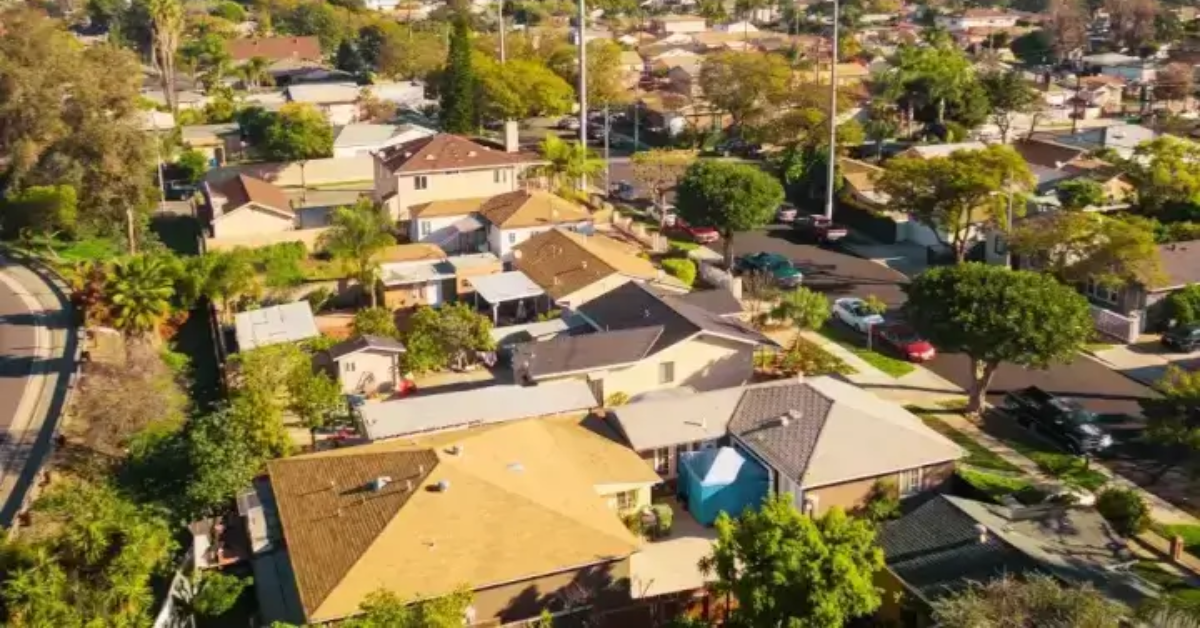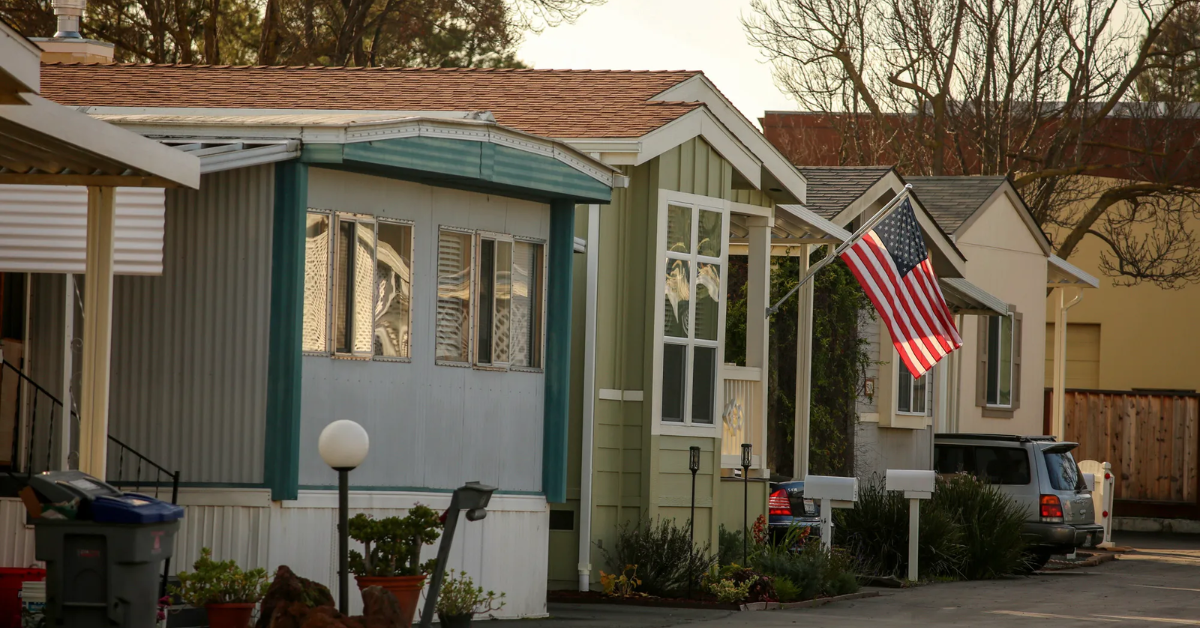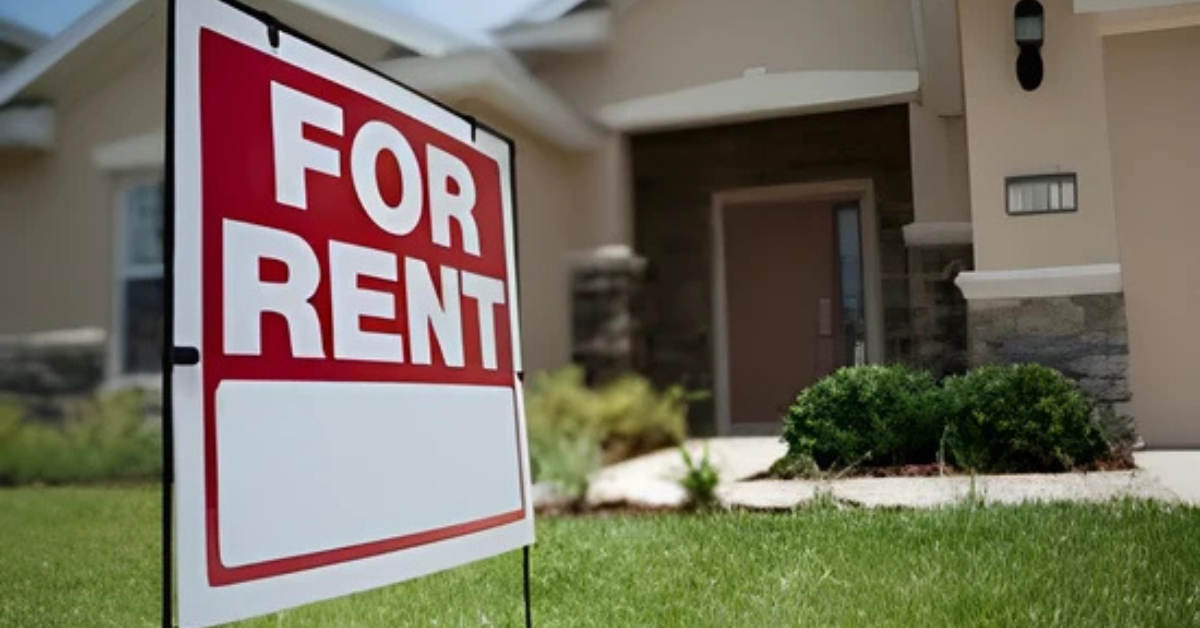California has long been known for its dynamic housing market, and 2025 brings important updates to rent increase laws that tenants and landlords alike should understand. With rising costs of living, the state has introduced measures to balance affordability with property owners’ rights. If you are living in California or planning to move here, knowing these new rules can help you prepare better for the future.
In this article, we will break down the key rent control laws for 2025, including the maximum allowed rent increases, limits landlords must follow, and tenant protection policies. Staying informed will help renters protect their rights and avoid unexpected surprises when it comes to monthly rent payments. We will also reference trustworthy sources to guide you through these changes clearly.
What Are the Rent Increase Caps in 2025?
For the year 2025, California has set specific caps on how much landlords can increase rent on residential properties. According to the California Department of Housing and Community Development, the maximum rent increase is limited to 5% plus the local rate of inflation, with a total cap of 10%. This means that landlords cannot raise rent by more than 10% in a 12-month period, regardless of market demand.
This law applies primarily to most rental units built more than 15 years ago, except those that are exempt like single-family homes owned by individuals or new construction within the last 15 years. These limits aim to protect tenants from sudden steep rent hikes that can push families out of their homes.
How Do Rent Increase Limits Work Practically?
In practical terms, if your rent is $1,000 per month, the landlord can increase it by $100 maximum in a year under the 10% cap rule. If inflation for the area is 3%, then the landlord could raise rent by 5% + 3% = 8%, which is less than the max 10%, so 8% would apply. This helps keep rent increases predictable and tied to real economic changes, not arbitrary large jumps.
Rent increases must also be communicated to tenants with proper notice. For rent increases of 10% or less, landlords need to provide 30 days’ written notice. For increases over 10%, which are very limited due to the caps, a 90-day notice is legally required. These rules make sure tenants have enough time to plan or find alternatives.
Tenant Protections Beyond Rent Caps
California’s rent laws in 2025 don’t just focus on capping increases but also offer protections to prevent unfair evictions and ensure tenants’ housing stability. One important rule is that landlords cannot evict tenants without a “just cause,” which includes reasons like non-payment of rent or violation of lease terms, but not simply to raise rent.
The California Courts official guide explains that tenants also have rights to dispute unlawful rent increases or evictions legally. If you believe your landlord is violating rent control laws, you can seek help from local tenant unions, legal aid, or state agencies to protect your home.
Important Exceptions to Be Aware Of
Not all rental units fall under these rent increase limits. For example, newer buildings constructed within the last 15 years are often exempt to encourage new housing developments. Additionally, single-family homes and condos are exempt unless owned by big corporations or real estate investment trusts.
This means that if you rent a brand-new apartment, your landlord might have more flexibility in raising rent, though other local laws might apply. It’s always important to carefully read your lease and check city-specific regulations, as some cities in California have their own stronger rent control rules.
How to Stay Updated and Protect Yourself
Rent laws in California can change, and local governments sometimes add new regulations. For 2025, staying up to date with official sources like the California Department of Housing and Community Development is crucial. Signing up for newsletters or alerts from tenant rights organizations can also help you be informed about new changes.
For tenants, keeping a good record of rent payments, written communications with landlords, and understanding your lease terms are essential steps to avoid disputes. If you feel unsure, consulting a housing counselor or legal advisor can help you understand your rights specifically tailored to your situation.
Conclusion
California’s rent increase laws in 2025 aim to bring fairness and stability to the housing market. With clear caps on how much rent can be raised and important tenant protections in place, renters can feel more secure against unreasonable rent hikes. However, knowing about exceptions and procedural requirements is equally vital for avoiding legal pitfalls.
If you’re renting or plan to rent in California, take time to learn the details of the latest rent control laws. Being informed empowers you to manage your housing costs better and defend your rights effectively. Remember to check credible sources regularly to stay ahead in this evolving landscape.







